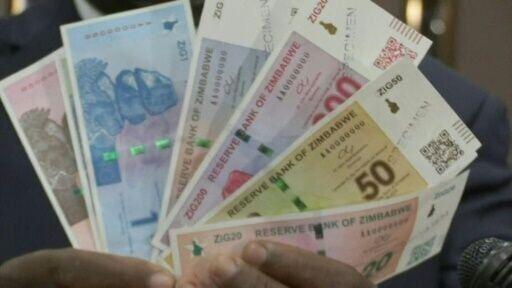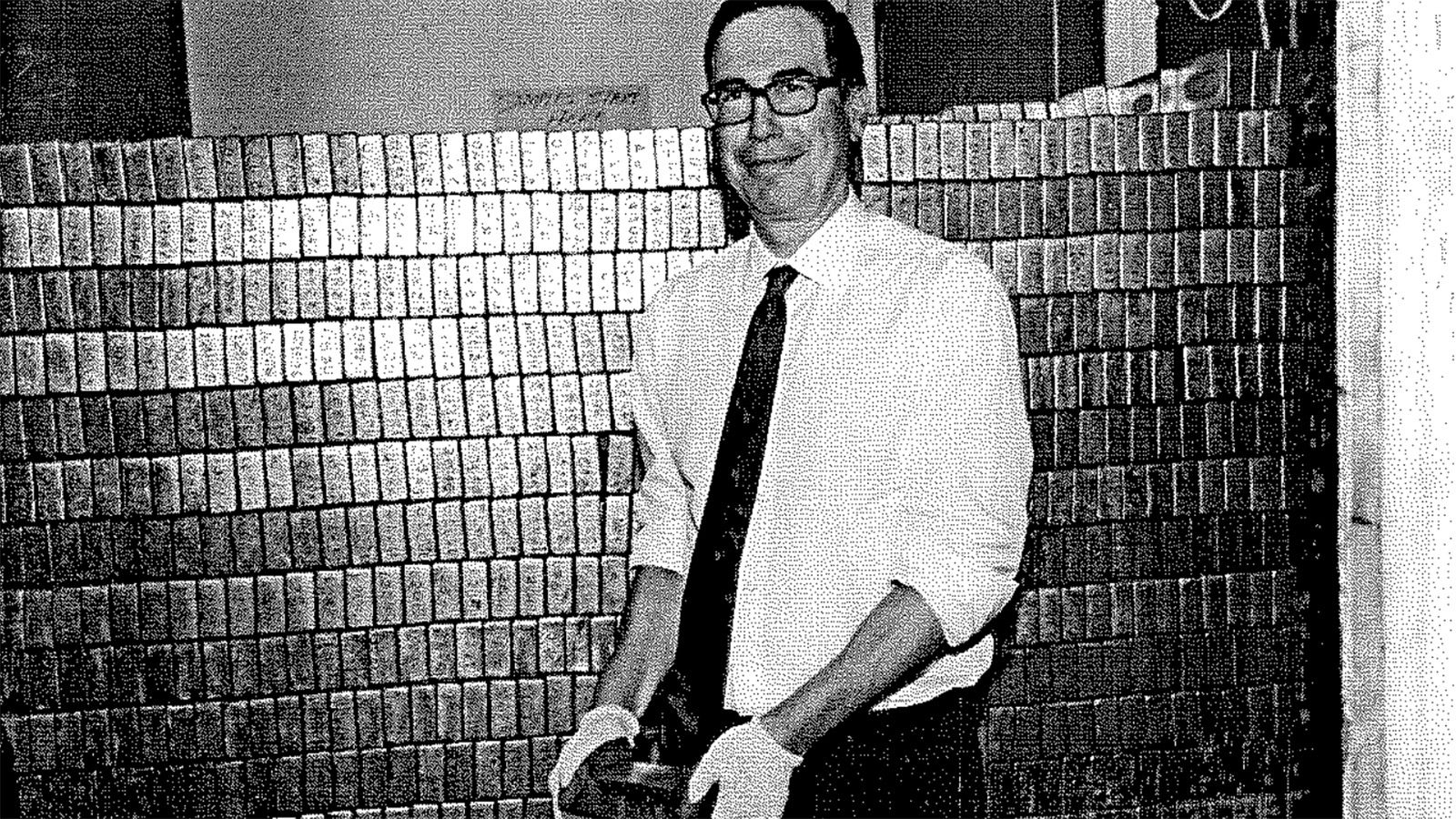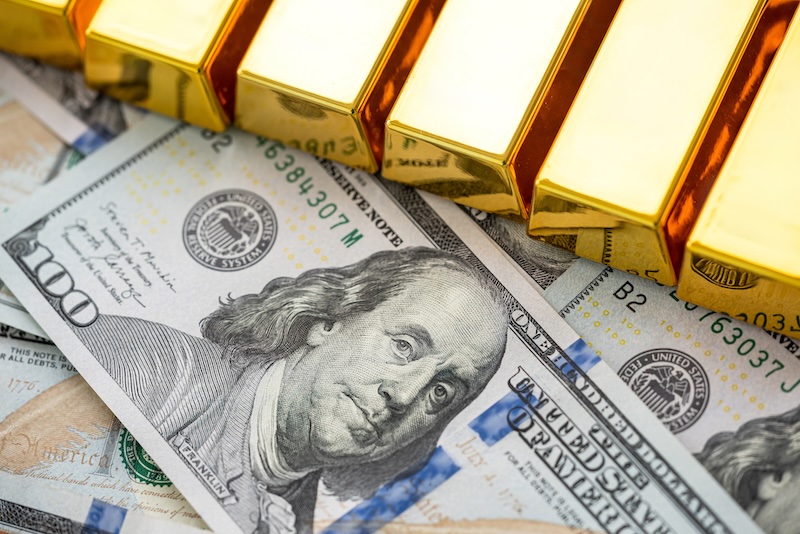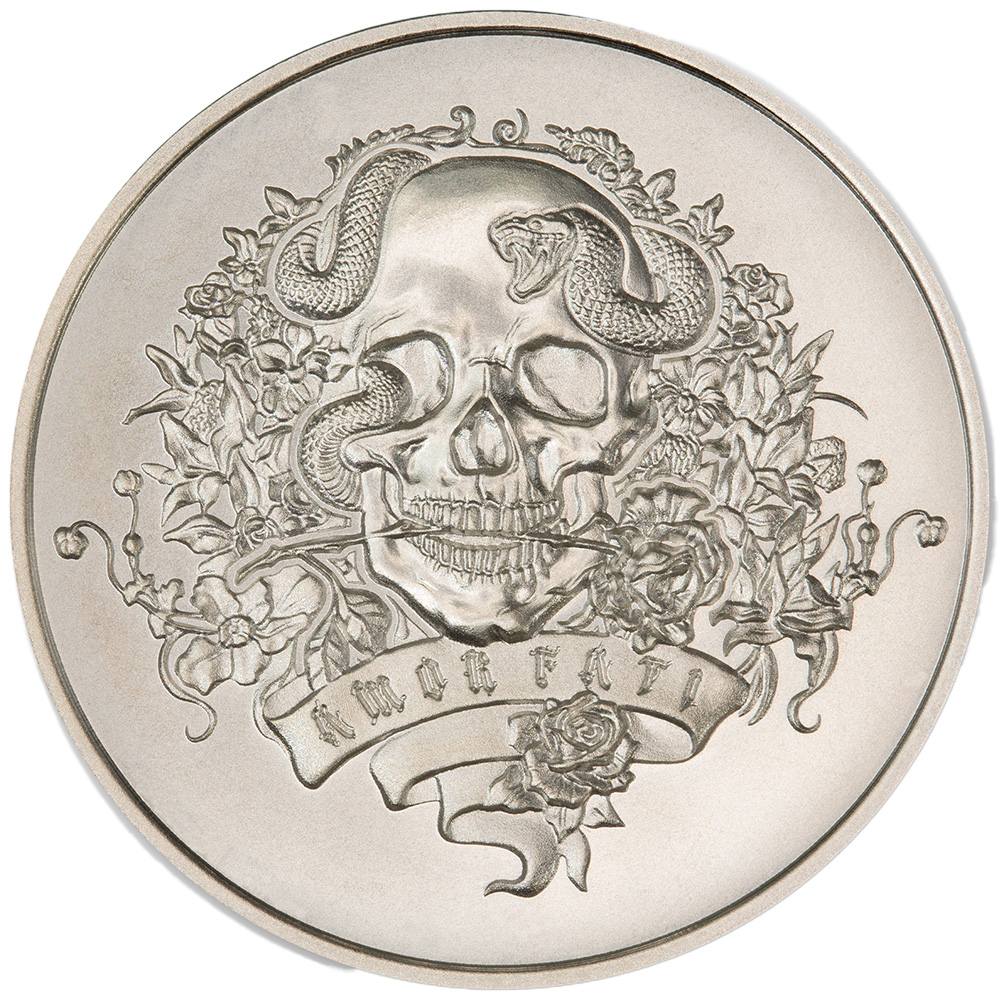Despite being one of the most mineral rich nations in Central Africa, the economy of Zimbabwe has been a mess for decades.
To help battle the latest round of inflation, the Central Bankers and politicians are turning to the oldest form of money known to civilization. This week, Zimbabwe launched a new “structured currency” backed in part by gold.
The new currency is called the “Zim Gold”, or more simply “ZiG”, and will be backed by a basket of assets that includes foreign currencies, gold and other minerals.
John Mushayavanhu, the governor of Zimbabwe’s Reserve Bank said the ZiG would circulate alongside a basket of other currencies would also introduce a market-based exchange rate.
“With effect from today … banks shall convert the current Zimbabwe dollar balances into the new currency,” he said.
The moved is aimed at establishing confidence in the country’s central banking system which has been in an extended period of hyperinflation since 2007.
The new banknotes come in eight denominations ranging from one to 200 ZiG. The new notes feature a drawing of gold ingots being minted, as well as Zimbabwe’s famous Balancing Rocks, which already appeared on the old ones.
Zimbabweans have 21 days to convert their old cash into new money, Mushayavanhu said.
The ZiG appears to be culminating from developments within the BRICS related countries, which have been reportedly leaning towards a commodity basket common currency for trade between countries. The development of the ZiG mirrors what has been happening in other countries.
Brazil adopted the Chinese Yuan in 2023 for use in international trade and provided a proposal requesting that Argentina accept the backing of a trade deal with Yuan.
Although the dollar remains the dominant currency in both countries, the Yuan has become the second largest currency in Brazil, overtaking the Euro.





